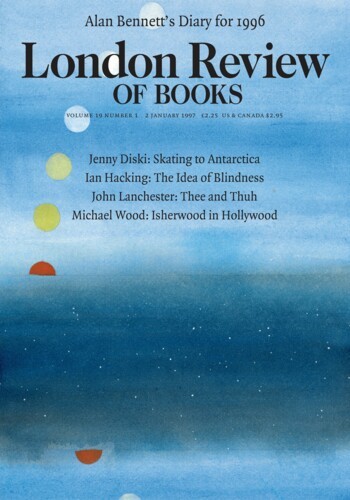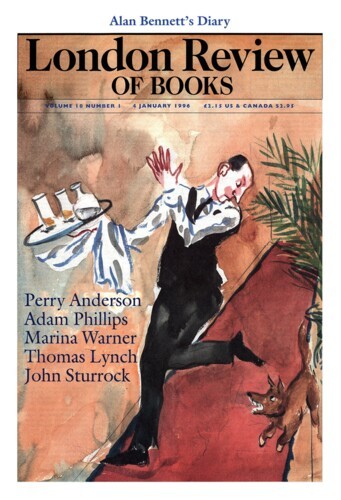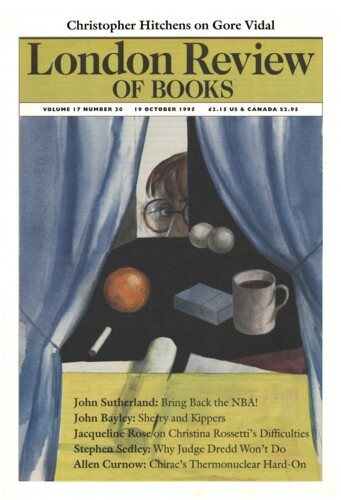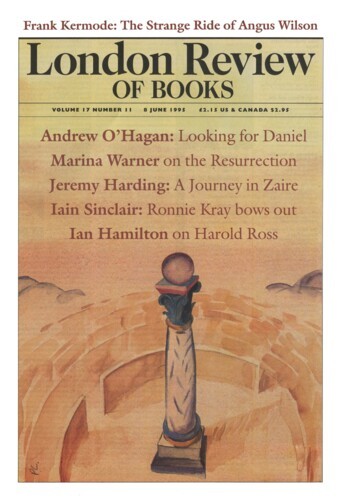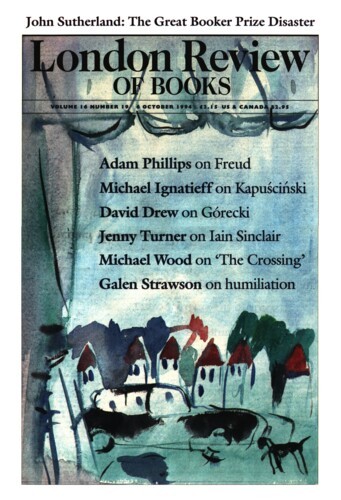Among the welter of images and mythologies that constitute the middle-class Bengali’s consciousness – P3 and Ganesh underwear, the Communist hammer and sickle, Lenin’s face, fish and vegetable chops outside the Academy, wedding and funeral invitation cards, the films of Satyajit Ray, the loud horns of speeding state transport buses, Murshidabadi and Tangail sarees, the daily Ananda Bazar Patrika, the songs of Tagore, the destitute outside Grand Hotel, Boroline Antiseptic cream, Madhyamik school examinations (to name just a few of the constituents) – Mother Teresa, too, is present. Not only is she undeniably a part of the contemporary history of Calcutta, but she is, to the ordinary middle-class Bengali, only a segment in a reality that is complex and constantly changing, and is composed impartially of the trivial and the profound. In contrast, to the average middle-class European or American Mother Teresa is Calcutta, or certainly its most life-affirming face. The rest of Calcutta is impossibly ‘other’, romantically destitute and silent; the ‘black hole’, unsayable. It is interesting that the poor whom Mother Teresa attends never speak. They have no social backgrounds or histories, although it is precisely history and social background, and the shifts within them, that create the poor. Instead of speaking, the poor in the photographs look up at her silently, touch her hand, are fed by a spoon. The ‘black hole’ of Calcutta, figuring as it does an open, silent mouth, no longer refers to the historical event that took place in the 18th century in which English men, women and children were trapped by Indian soldiers in a small, suffocating cell in the city. It refers to the unsayable that lay, and still often lies, at the heart of the colonial encounter, the breakdown in the Western observer’s language when he or she attempts to describe a different culture, the mouth open but the words unable to take form. In Western literature, the unsayable is represented by ‘The horror! the horror!’ in Conrad’s Heart of Darkness, and ‘ou-boom’, the meaningless echo in the Marabar Caves in Forster’s A Passage to India, the complexity of both Africa and India reduced to hushed, disyllabic sounds. In history and the popular imagination, another two syllables, ‘black hole’, have come to express the idea that, for the Westerner, Calcutta is still beyond perception and language.’
Among the welter of images and mythologies that constitute the middle-class Bengali’s consciousness – P3 and Ganesh underwear, the Communist hammer and sickle, Lenin’s face,...
